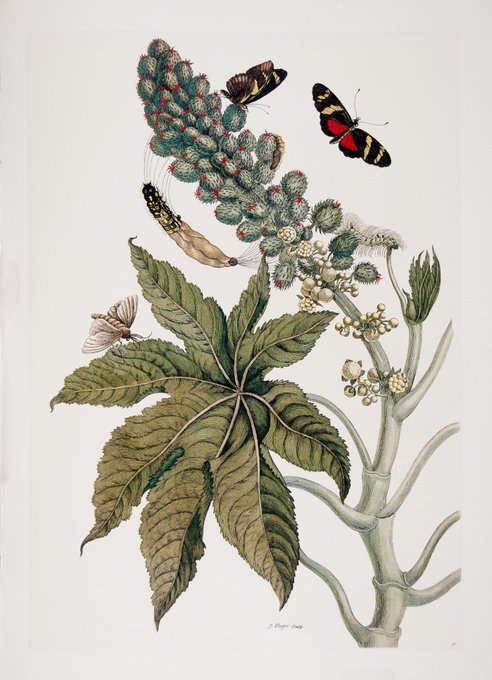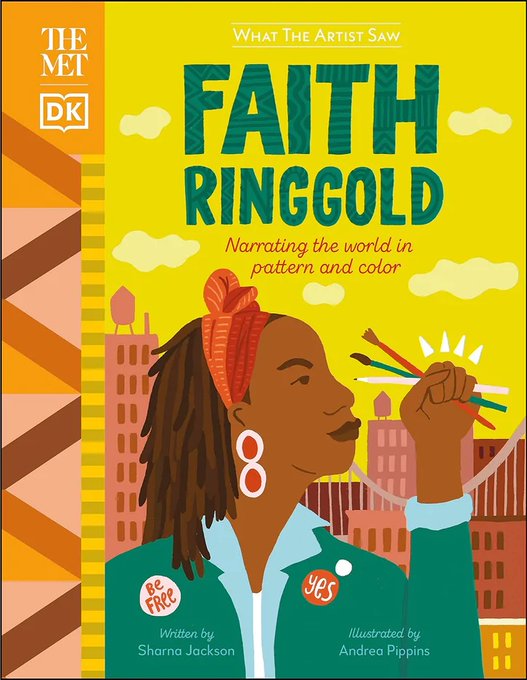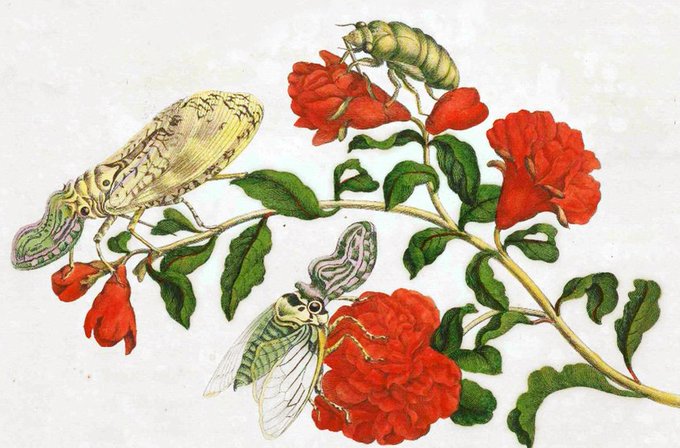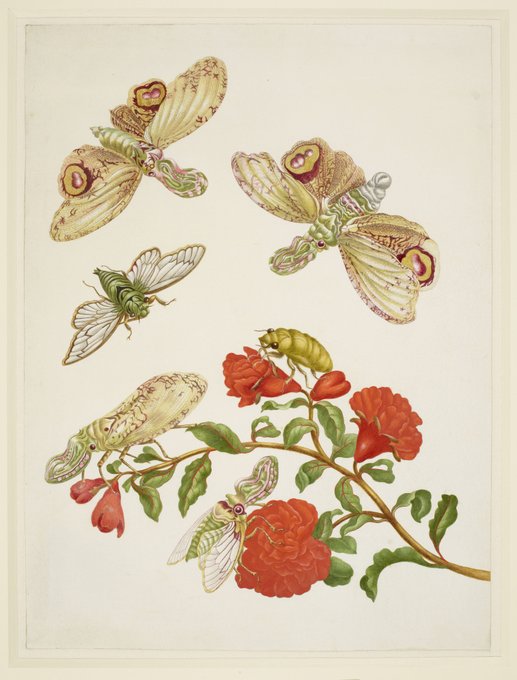mariasibyllamerianのTwitterイラスト検索結果。 41 件
Art Herstory offers two note cards that reproduce work by #MariaSibyllaMerian: The Rocu Tree (left) and Capers, Gorse & Beetle (right)
https://t.co/YXdm34vONN
With her drawings #MariaSibyllaMerian broke the scientific molds of the time. In 1705 she published her masterpiece Metamorphosis insectorum Surinamensium, which greatly impressed #Linnaeus, who drew on Merian's observations for some of his Systema Naturae texts. #SciArt #HistSci
#Macleay concluded that #MariaSibyllaMerian produced a ‘wilful falsehood’
Many of her critics were quick to say what they perceived as wrong (this bird-killing spider was in fact true) rather than focus on all the scientific value & pure wonder.
🧵pt7
This bird eating tarantula in particular annoyed #Macleay as he notes that they’re ‘always in holes in the earth….it certainly never catches birds or the pict of the bird represented, nor do I believe that of course touch any food except insects’ 🧵pt6
#MariaSibyllaMerian
This list includes children's books about #FridaKahlo #RuthAsawa #MariaSibyllaMerian #GeorgiaOKeeffe #AlmaThomas #FaithRinggold #MarianneNorth #EdmoniaLewis #GracielaIturbide #RosaBonheur & more ...
Branch of Seville orange with a Rothschildia moth, 1702-3, by #MariaSibyllaMerian (German, 1647–1717). Held by the @RCT, https://t.co/OSqftNnUEc #artherstory #hernaturalhistory #womenartists
Take a look on the BBC website for a marvelous 4-minute animation of the remarkable life of 17th century artist and naturalist Maria Sibylla Merian.
https://t.co/FSSy0JiSBQ
#Nature #MariaSibyllaMerian #Naturalist #Illustration #Art
Learn about Merian in these #ArtHerstory guest posts:
- #MariaSibyllavMerian’s Artistic Entomology, by Kay Etheridge, https://t.co/4ooGfecco4…
- The Protofeminist Insects of Giovanna Garzoni & #MariaSibyllaMerian, by
@emmasteinkraus https://t.co/LuJeK4dlTm
A woman ahead of her time: born on 2 April 1647, #MariaSibyllaMerian was one of the first to closely observe and record the process of #insect #metamorphosis. Her approach was only made popular by Linnaeus more than half a century later.
https://t.co/1hlUkcz0Zk
As of December 2019, a painting by #MariaSibyllaMerian—Pomegranate & Menelaus Blue Morpho Butterfly, 1702–03, held by the @RCT—is included in the #CODARTCanon as one of 100 Dutch/Flemish masterpieces (as voted on by @CODART curator-members).
https://t.co/Fqe4YOJS4S
Few artists do #nature like #MariaSibyllaMerian! In 1699 Merian traveled with her daughter to Suriname, a Dutch territory in South America, to paint its flora and fauna. Learn more about this trailblazing artist:
https://t.co/EWly1ksXEa
After Maria Sibylla Merian, Blue Butterflies and Red Larva, Blue Spines, c. 1705-1717 https://t.co/jjFKBuMNgr #artsmia #aftermariasibyllamerian
#MariaSibyllaMerian, pioneering naturalist, botanist, entomologist & scientific illustrator died #OTD in 1717. Fascinated by how caterpillars metamorphosed into butterflies & moths, she created detailed illustrations depicting the life cycles of insects & their food plants.🦋🐛🌼
A blue honey creeper on a thistle, copulating snails below, n.d., by #MariaSibyllaMerian (German, 1647–1717), who died #otd (Jan 13). Held by @FitzMuseum_UK, https://t.co/Q0vtScQt3O #artherstory #hernaturalhistory #WomenArtists
Maria Sibylla Merian @Maria_S_Merian #merian #mariasibyllamerian
Maria Sibylla Merian @Maria_S_Merian #merian #mariasibyllamerian
Branch of Pomegranate with Lanternfly & Cicada, 1702-03, by #MariaSibyllaMerian (German, 1647–1717). Held by @RCT, https://t.co/0bjoHx06ff #hernaturalhistory #womenartists #artherstory
After Maria Sibylla Merian, Blue Butterflies and Pomegranate, 1705-1771 https://t.co/LG8wggoUBz #artsmia #aftermariasibyllamerian
Maria Sibylla Merian, A Green Plover, 17th-18th century https://t.co/aroZiI49sb #mariasibyllamerian
@NoteArtHerstory @JCBLibrary Read more about Merian in Kay Etheridge’s #ArtHerstory post Curiosity and the Caterpillar: Maria Sibylla Merian’s Artistic Entomology, https://t.co/Mb4Btt7iqb. Kay's recent book The Flowering of Ecology: #MariaSibyllaMerian’s Caterpillar Book is published by @BrillPublishing.












































